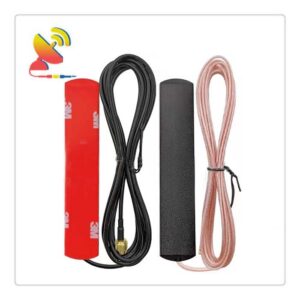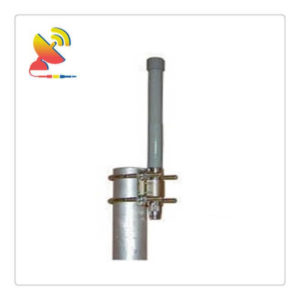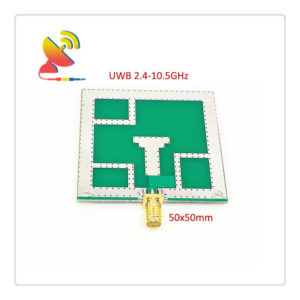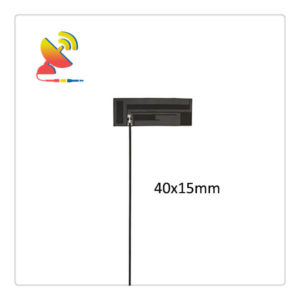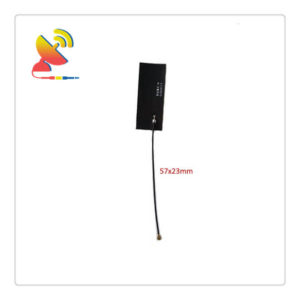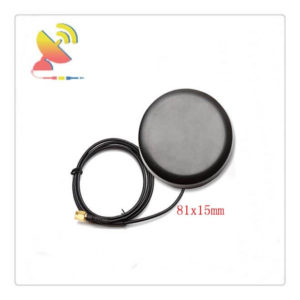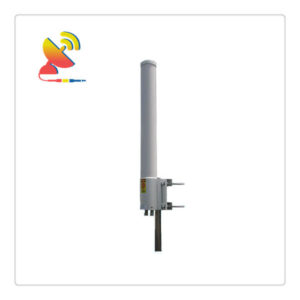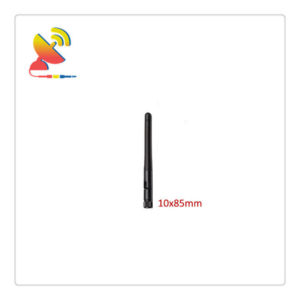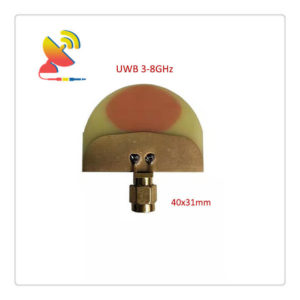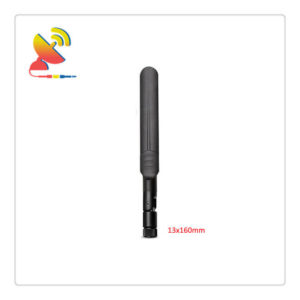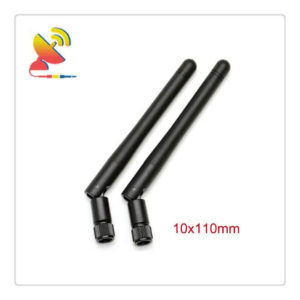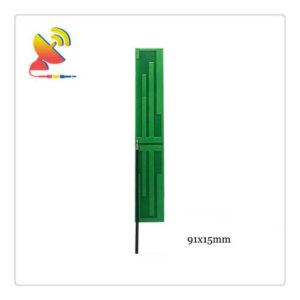Cellular Antennas
Cellular Antennas Manufacturer
C&T RF Antennas Inc is the internal & external cellular antennas manufacturer in China.
C&T RF Antennas Inc provides cellular antenna solutions for various mobile communication applications.
Supporting global cellular standards from 2G to 5G, C&T RF Antennas Inc’s cellular communication antennas – standard products and customer-specific solutions – can be used in automobiles, consumer devices, terminals, communication equipment, commercial vehicles, public transportation, and industrial applications.
Indoor & Outdoor Cellular Antenna
C&T RF Antennas Inc provides a variety of high-performance, Low PIM 3G, 4G/LTE, and 5G antennas for superior speed, throughput, and seamless mobility.
Shop powerful cellular antennas from C&T RF Antennas Inc for building & vehicle signal booster systems. Cell phone antennas for cars, trucks, RVs, trailers, and large & small buildings.
C&T RF Antennas Inc provides cellular antenna solutions for various mobile communication applications. Supporting global cellular standards such as GSM, UMTS, or 4G LTE 5G NR 6G, our cellular communication antennas can be used in automobiles, consumer devices, communication equipment, commercial vehicles, public transportation, and industrial applications.
Find the cellular antennas from C&T RF Antennas Inc for your application. We carry hundreds of yagi antennas, panel antennas, through-hole mount antennas, pull mount antennas, SMA mount antennas, terminal mount antennas, omnidirectional antennas, and directional antennas for in-building and outdoor use.
C&T RF Antennas Inc manufactures the 5G NR antennas, 4G LTE antennas, 3G UMTS GSM antennas, 2G GPRS NB-IoT antennas, LoRa/LoRaWan antennas (includes 169MHz antennas, 230MHz antennas, 315MHz antennas, 433MHz antennas, 868MHz antennas, 915MHz antennas), 2.4GHz 5GHz Wi-Fi antennas, GNSS antennas, GPS antennas, Cellular antennas, UHF VHF antennas, UWB antennas, etc.
And C&T RF Antennas Inc supplies the antenna accessories such as RF power amplifiers and repeaters, RF connectors and adapters, cable assemblies.
Contact the C&T RF Antennas Inc sales team for the cellular antenna datasheet, pricing & cellular antennas datasheet.
What does cellular IoT technology mean?
Everyone is talking about 5G, especially cellular IoT technology. According to Google’s “5G IoT” strategy, 5G could unlock highly sought-after applications in the IoT, such as automated lifecycle management, network slicing, software-defined networking, and cloud-optimized distributed network applications.
5G is rapidly becoming a major catalyst for the next generation of IoT device and platform architectures, enabling us to build a new generation of IoT connectivity technologies at a much larger scale.
The popularity of IoT devices has led to the rise of low-power wide area networks, including NB-IoT, SigFox, LORA, and Weightless.
Traditional cellular technologies, such as LTE networks, consume too much power. In addition, they are not suitable for applications with low data transfer volumes.
For example, meters that read water levels, gas consumption, or power usage. The rise of low-power cellular networks brings technical support for this application.
4G LTE CAT-1
Cat-1 is currently the only fully available cellular IoT technology. The main attraction of Cat-1 is that it has been standardized, and, more importantly, it is very easy to switch to a Cat-1 network. Experts predict that as 3G and 4G technologies disappear, Cat-1 and Cat-M1 networks will take their place.
4G LTE CAT-0
For LTE-based IoT networks to connect successfully, CAT-0 needs to have the following characteristics.
Long battery life, low cost, support for many device connections, enhanced coverage (e.g., better signal penetration through walls), remote/broadcast.
Cat-0 is optimized for cost because it eliminates features that support the high data rate requirements of Cat-1 (dual receiver chains, duplex filters). While CAT-1 is replacing 3G, CAT-0 is a lower-cost connectivity technology, with CAT-M replacing 2G.
4G LTE CAT-M1 / CAT-M / LTE-M
Cat-M (officially known as LTE Cat-M1) is often seen as a second-generation LTE chip built for IoT applications. It reduces the cost and power consumption of the initial Cat-0 setup phase. By limiting the maximum system bandwidth to 1.4 MHz (instead of Cat-0’s 20 MHz), Cat-M has specific use cases for LPWAN applications, such as smart metering, which requires only a small amount of data transmission.
The real advantage of Cat-M over other technologies is that Cat-M is compatible with existing LTE networks. This is good news for carriers like Verizon and AT&T, as they do not need to rebuild their antennas. Verizon and AT & T argue that Cat-M is the best option. Given the backward compatibility of Cat-M, it is almost certain that 5G and LTE technologies will coexist in the 2120s.
NB-IoT/ CAT-M2
NB-IoT (also known as Cat-M2) has a similar role to Cat-M; however, it uses DSSS modulation. As a result, NB-IoT does not operate in the LTE band, so providers must incur higher upfront costs to deploy NB-IoT.
Nonetheless, NB-IoT is considered a cheaper technology because it does not need a gateway. Other infrastructures typically have gateways that aggregate sensor data, and then the gateways communicate with a master server. However, NB-IoT technology sends sensor data directly to the master server. Therefore, Huawei, Ericsson, Qualcomm, and Vodafone are actively investing in commercial applications of NB-IoT.
GSM/EC-GSM (formerly EC-EGPRS)
EC stands for Extended Coverage. EC-GSM is an IoT-optimized GSM network and is the wireless protocol used by 80% of smartphones. As the name implies, EC-GSM can be deployed in existing GSM networks and offers tremendous advantages in terms of usability and modularity, as simple software can implement EC-GSM connectivity in 2G, 3G, and 4G networks.
EC-GSM is also used in non-Western regions such as Malaysia, Africa, and Middle East countries. Ericsson, Intel, and Orange are said to have completed field trials of EC-GSM earlier this year. However, EC-GSM does not have as much buzz as Cat-M or NB-IoT.
5G Cellular IoT
Unlike the cellular IoT technologies discussed earlier, 5G has not yet been formalized. The Next Generation Mobile Networks Alliance (NGMN) is driving the specification of 5G technology, which will be 40 times faster than 4G while supporting millions of connections per square kilometer.
5G already enables high bandwidth, ultra high definition (4K) streaming, connectivity for self-driving cars, and VR/AR applications. One thing is clear: there is no limit to what wonders 5G will add to the future!
Why should we care about these cellular network technologies?
For operators, the technology needs to be chosen for deployment to meet narrowband IoT applications.
For others, it is important to understand that these different communications technologies do not have to be mutually exclusive.
The IoT has a wide range of applications. Just like real-time monitoring, where the amount of data is large, and high bandwidth is required; for asset tracking, where data throughput is small, but there is inevitably a lot of switching as objects move; smart meters and many smart city use cases require small data transfers once or twice a day ……
This means that no technology can meet IoT devices’ specific needs.
Showing 1–16 of 180 results
-
2.4 GHz Adhesive Mount Omni Blade Antenna
Read more -
2.4 GHz Omni Outdoor Antenna Wifi Antenna
Read more -
2.4-10.5 GHz Wireless Application UWB Antenna PCB Patch Antenna
Read more -
2.4/5 GHz Adhesive Blade Dual-band Wi-Fi Antenna
Read more -
2.4GHz-10.5GHz Embedded PCB Antenna For UWB Applications
Read more -
2G 3G 4G 5G Antenna Omnidirectional Cellular Antenna
Read more -
2G 3G 4G Antenna Flexible PCB Antenna
Read more -
2G 3G 4G Broadband Antenna FPCB LTE Antenna
Read more -
2G 3G 4G LTE Cabinet Screw Mount Antenna
Read more -
2×2 MIMO Antenna Omnidirectional 4G LTE Antenna
Read more -
3-5GHz Omnidirectional UWB Antennas Ultra-Broadband Antennas
Read more -
3-7 GHz Omnidirectional Ultra-Wideband Antenna Dipole Antenna
Read more -
3-8G Indoor PCB Antenna UWB Antenna For Wireless Communications
Read more -
3dBi Antenna GSM SMA Rubber Duck Antenna
Read more -
3dBi Narrowband IoT Antenna SMA Male Connector Antenna
Read more -
3G 4G LTE Antenna High-performance PCB Antenna
Read more

